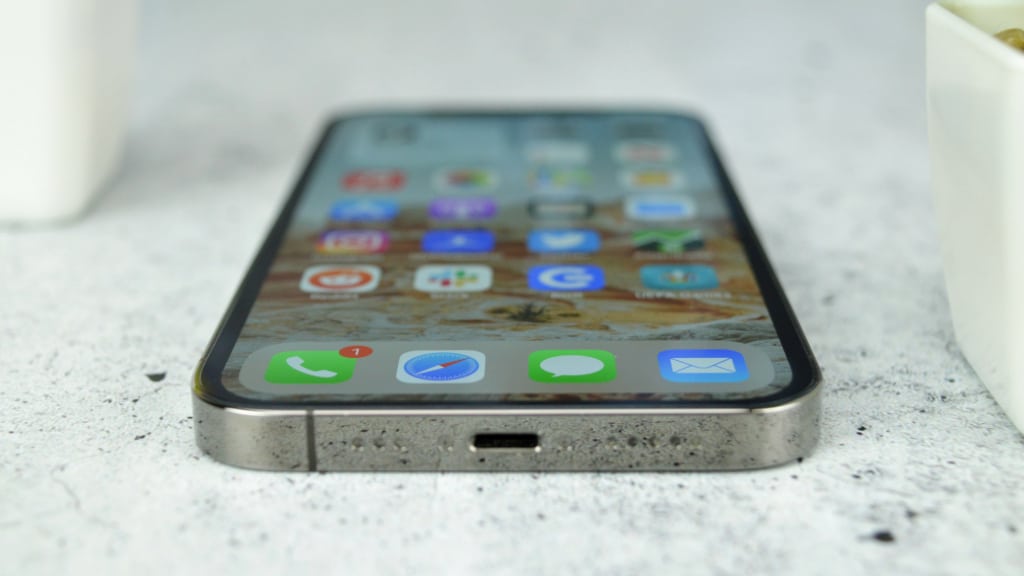Apple switched the proprietary Lightning connector on the iPad Pro with a USB-C port. That’s the kind of connector found on most electronic devices — and all Android phones out there. Then Apple launched and iPad Air with a USB-C port last year, further fueling speculation that USB-C might replace Lightning on other Apple iOS devices. The iPad mini 6 might be next in line, according to some rumors. But the iPhone 13 will still ship with a Lightning connector. Apple isn’t even expected to replace the Lightning port with USB-C on the iPhone in the future. But the European Union is mulling new legislation that might force smartphone vendors to embrace a standard charging port for mobile devices.
USB-C is everywhere, except the iPhone
There’s been plenty of talk about Apple embracing USB-C for the iPhone in the future. We’ve even had rumors that claimed a particular iPhone generation or another would rock a USB-C port instead of Lightning. Those never panned out. If anything, more recent reports said that Apple would instead launch a portless iPhone that would recharge wirelessly before adopting USB-C on its phones.
That said, USB-C is practically the norm on all Android devices. Other peripherals use the same convenient port for charging and data transfer. Order any new iPhone from the Apple store today, and you’ll get a Lightning-to-USB-C charger in the box. This ensures the charging cable would work with all USB-C chargers out there. Also, only USB-C chargers can deliver faster charging speeds to newer iPhone models.
The Lightning-to-USB-C cable also allows iPhone users to connect their phones to MacBooks that have only USB-C ports. When Apple first launched USB-C-only MacBook models, it created an unusual predicament for iPhone users. They needed a bunch of dongles to connect the iPhone to a new MacBook.
The new EU law might impact Apple
According to Reuters, the European Commission will present legislation in September to establish a common charger for mobile devices sold in the region. The move might impact the iPhone more than its rivals. Most Android device makers already ship with USB-C ports.
The EU attempted to pass similar legislation a few years ago but failed. A study in 2019 found that mobile devices in the EU came with three charging options. Half of devices had a microUSB connector, 29% had a USB-C port, and 21% were iPhones with Lightning connectors.
The legislation is currently being drafted, and it’s unclear what its provisions might be. The European Parliament lawmakers voted overwhelmingly last year in favor of a common charger. They said a common charger would be more convenient to users and positively impact the environment.
Apple said back in 2018 that passing laws for a common charger would hurt innovation and create additional electronic waste. Last year, Apple stopped including chargers and earphones in the iPhone box, citing environmental concerns.
The report also said that Apple, Samsung, Huawei, and Nokia signed a voluntary memorandum on understanding more than a decade ago. They agreed to harmonize chargers for new smartphones launching in 2011 or later. This resulted in a significant reduction in the number of chargers. The market converged to microUSB. But Apple introduced the Lightning connector with the iPhone 5 in 2012. Apple has kept using the connector ever since.

